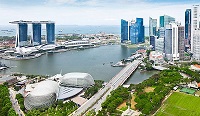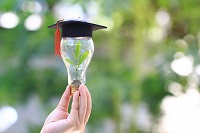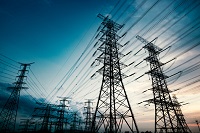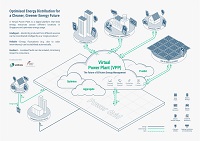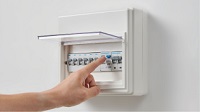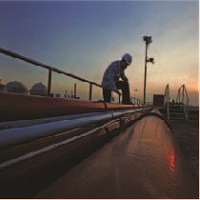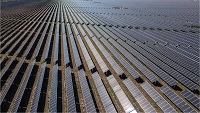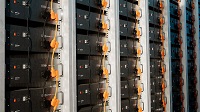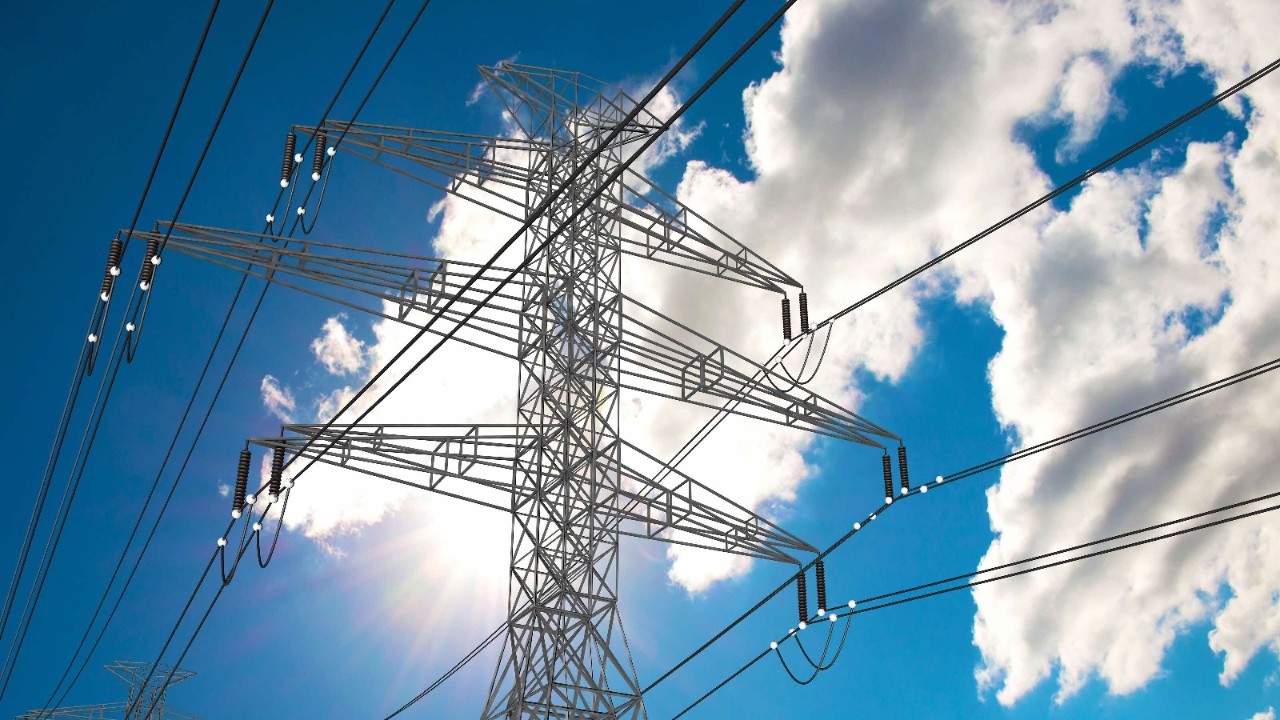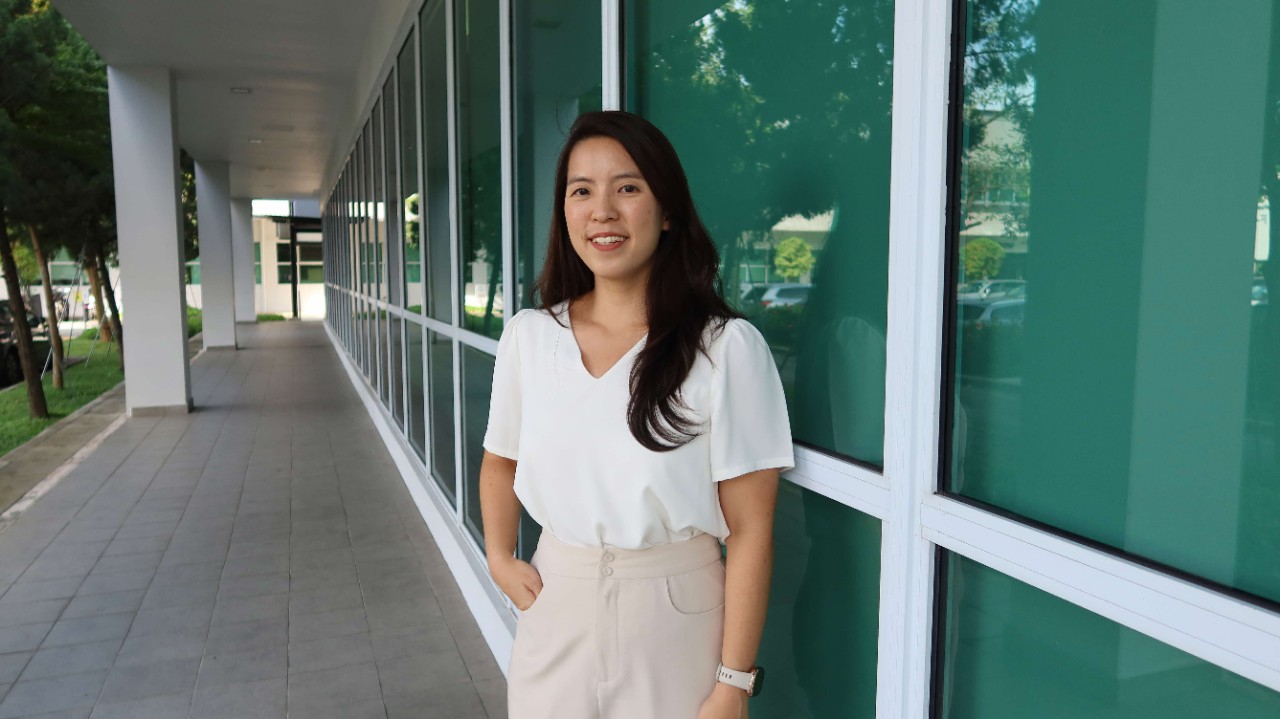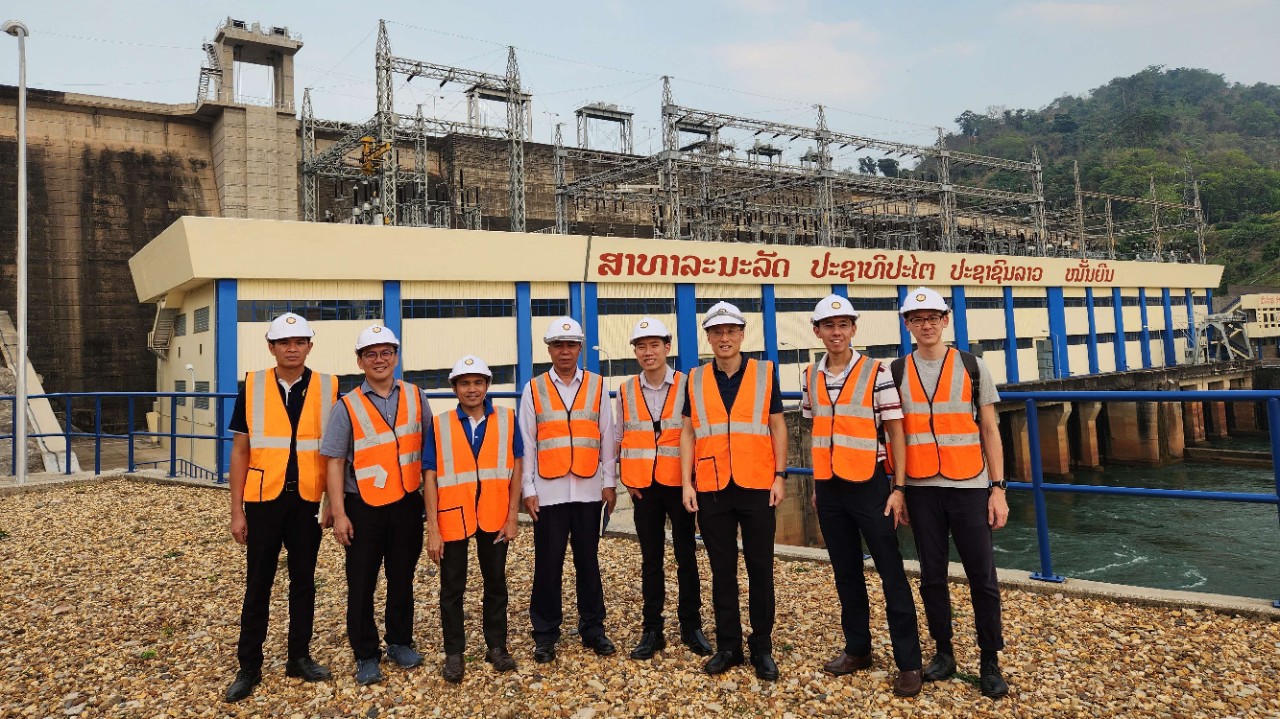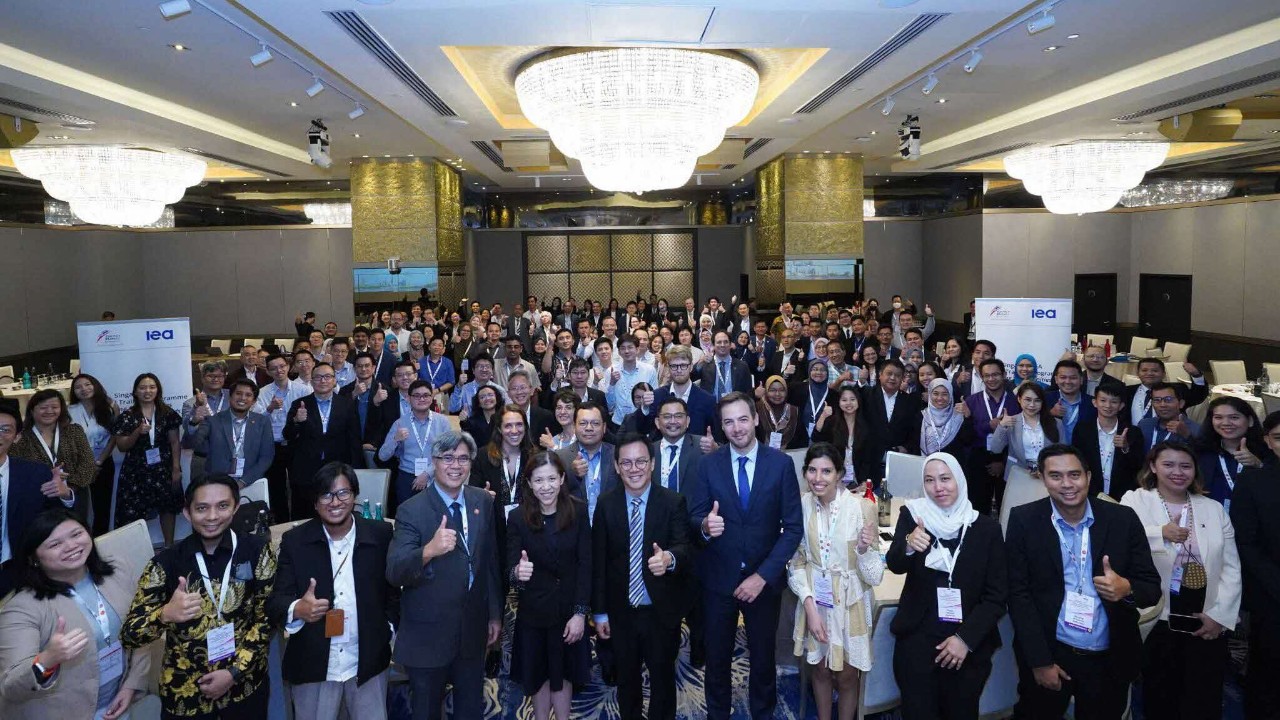Energy demand has been increasing steadily over the years and is projected to rise with economic growth, electrification and digitalisation.
With the power sector contributing around 40% of Singapore’s carbon emissions, there is a need for a transition to cleaner energy sources to meet our net-zero goal by 2050.
However, Singapore’s limited renewable energy sources and land area present obstacles to meeting these energy needs. Even as we work towards our solar target of 2 gigawatt-peak (GWp) by 2030, it will only constitute approximately 3% of Singapore’s total electricity demand.
Benefits of Electricity Imports
Among our four supply Switches in Singapore’s energy transition, importing electricity through regional power grids will enable us to tap on the abundant renewable energy sources in the region to meet our climate commitments.
“In Southeast Asia, different countries have vastly different renewable energy potential. For example, Singapore does not have the land for large solar or wind farms, or fast flowing rivers for hydro-electric power. But countries in our region have access to different types of renewable energy ranging from solar, wind, geothermal and hydro. This creates a natural opportunity for clean energy trading,” shared Tan Xin Yi, Deputy Director with the Energy Connections Office at the Energy Market Authority.
Beyond allowing us to access low-carbon energy sources that are limited or unavailable in Singapore, importing electricity presents several other benefits.
“Resource rich markets can sell excess renewable energy to those that need it. And demand from resource scarce markets can help to drive investments in renewable energy projects. This creates a win-win relationship and helps to accelerate the development of renewable energy in the region,” said Xin Yi.
While some may be concerned that electricity imports pose a risk to Singapore’s energy security, importing electricity from countries is no different from how Singapore imports natural gas for power generation from around the world today.
“Diversifying our import sources and having back-up measures in place are crucial to maintaining energy security and mitigating supply disruptions,” she added.
Our Electricity Imports Journey
Singapore has set a target to have an import capacity of up to 4 gigawatts (GW) of low-carbon electricity by 2035. This would be a game-changer for Singapore’s energy system by making electricity imports form about 30% of Singapore’s projected energy supply then.
We have since made several significant strides to make this a reality.
June 2022 marked a historical milestone with Singapore’s first cross-border import of 100 megawatts (MW) of hydropower from Lao PDR via Thailand and Malaysia using existing interconnectors.
As the first multilateral cross-border electricity trade between four ASEAN countries under the Lao PDR-Thailand-Malaysia-Singapore Power Integration Project, this project serves as a pathfinder towards realising the broader vision of the ASEAN Power Grid.
In less than a year later, EMA granted its first Conditional Approval to Keppel Energy Pte Ltd to import 1 GW of electricity from Cambodia into Singapore in March 2023.
“It is a complex journey for companies to import electricity, as they have to seek alignment with multiple government and commercial stakeholders, before eventually mobilising significant capital and putting infrastructure on the ground and in the sea.”
“Conditional Approvals provide recognition to projects and help facilitate companies’ developmental activities such as conducting further studies and engaging relevant countries,” said Xin Yi.
Collaboration to Facilitate Electricity Imports
Importing electricity requires continued collaboration between governments and the private sector. Singapore has signed several Memorandums of Understanding with countries such as Cambodia, Lao PDR, Vietnam and Indonesia to advance our collective energy interests and facilitate regional decarbonisation.
At this year's Singapore-IEA Regional Training Programme, EMA and the International Energy Agency collaborated by hosting more than 160 participants in Singapore to discuss best practices and cultivate expertise in cross-border electricity trading.
As Singapore’s energy demand continues to grow, electricity imports will be a key supply source in addition to solar and emerging low carbon technologies such as hydrogen in our net-zero journey.
